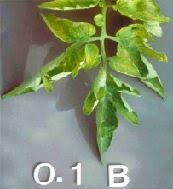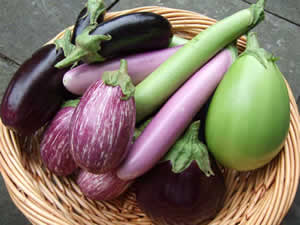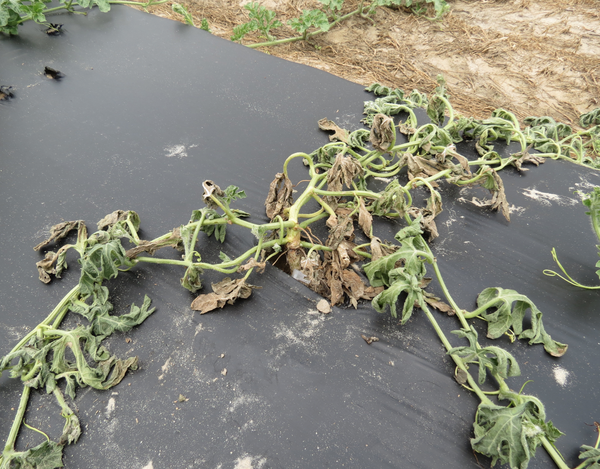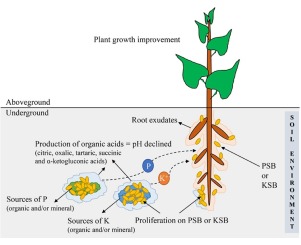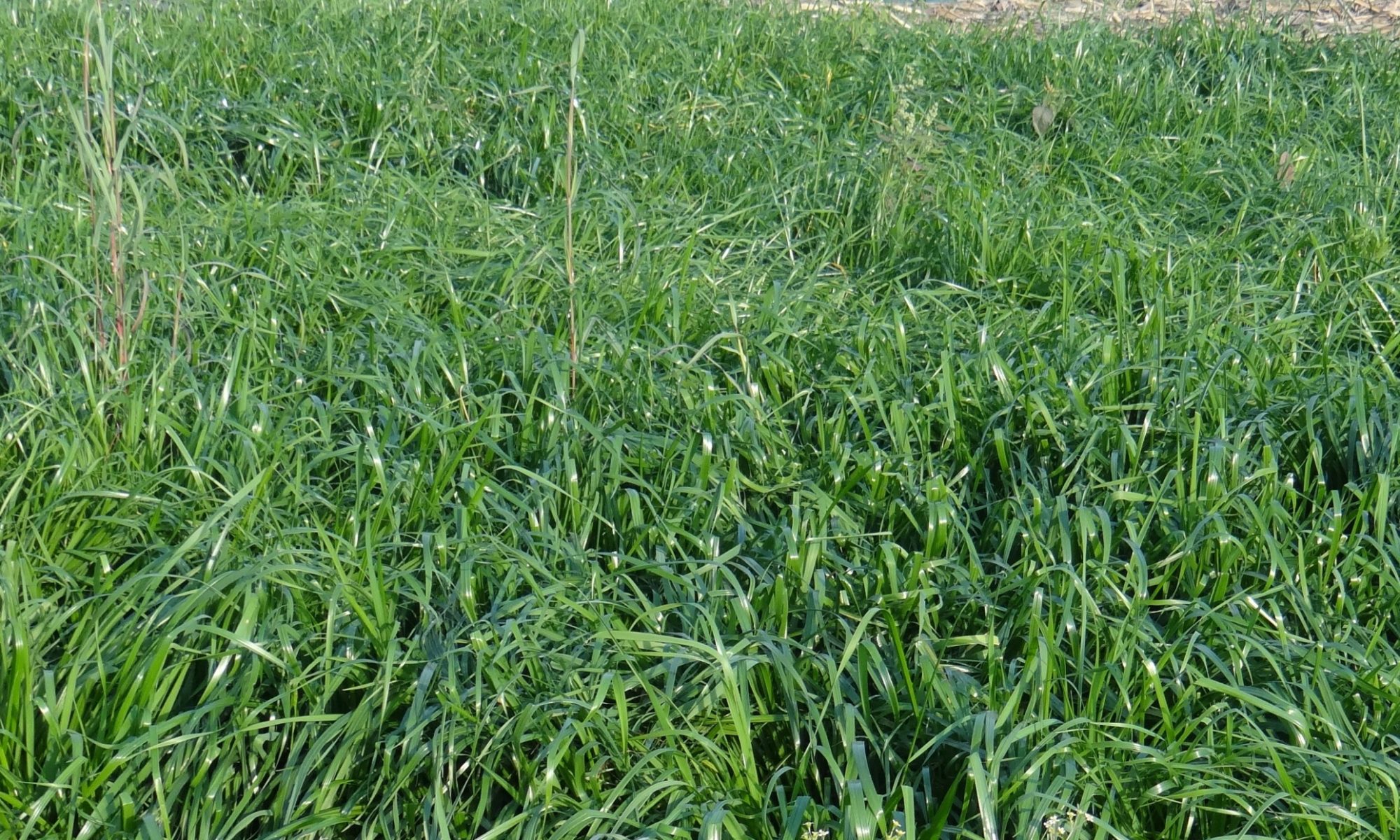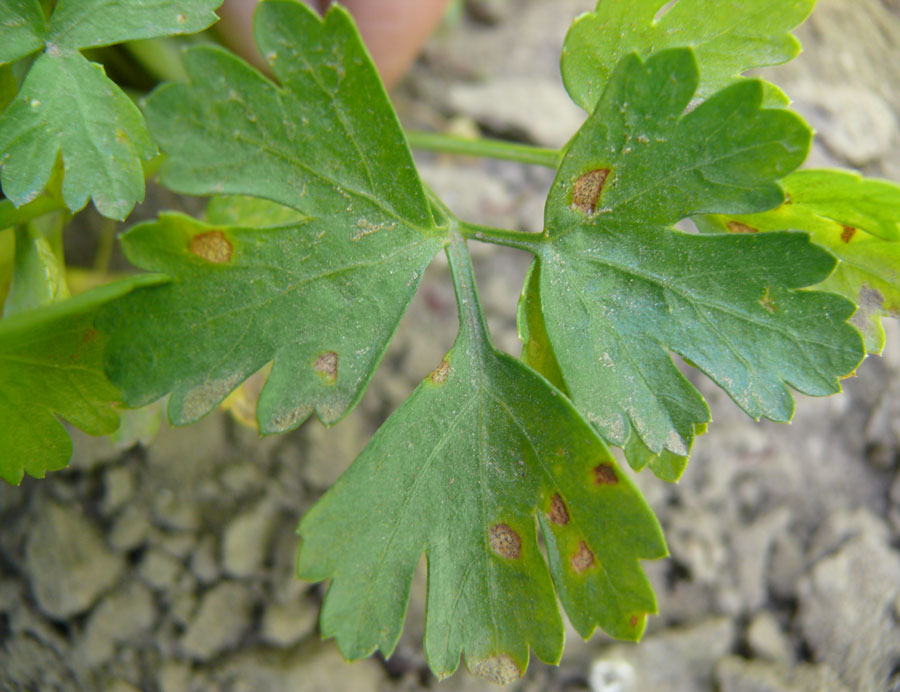- These boron-deficient leaves show light general chlorosis.
- These deficiency symptoms are similar to those caused by calcium deficiency.
- The leaves are unusually brittle and tend to break easily.
- Also, there is often a wilting of the younger leaves even under an adequate water supply, pointing to a disruption of water transport caused by boron deficiency.
- Correction measure: Foliar spray of boron 20% EDTA @ 200 gm/acre.
Like and share with other farmers by clicking on button below
Share
